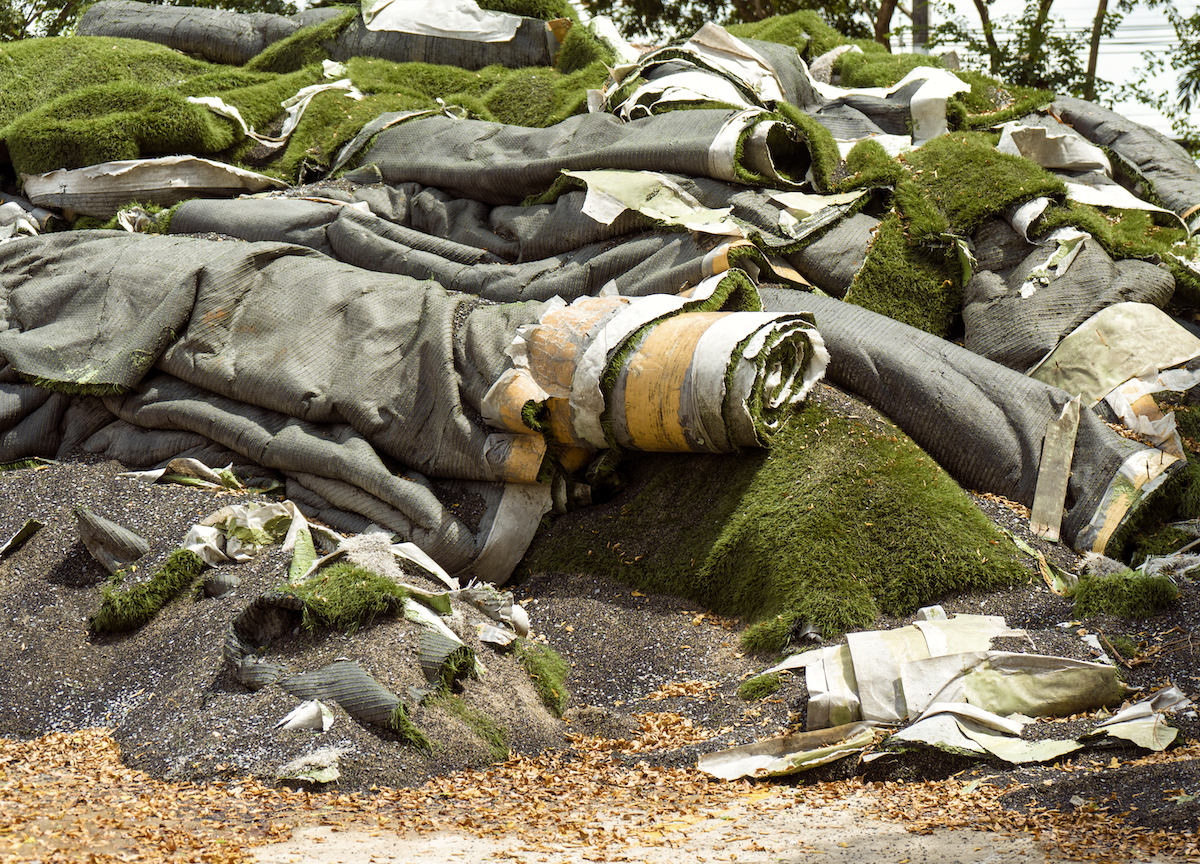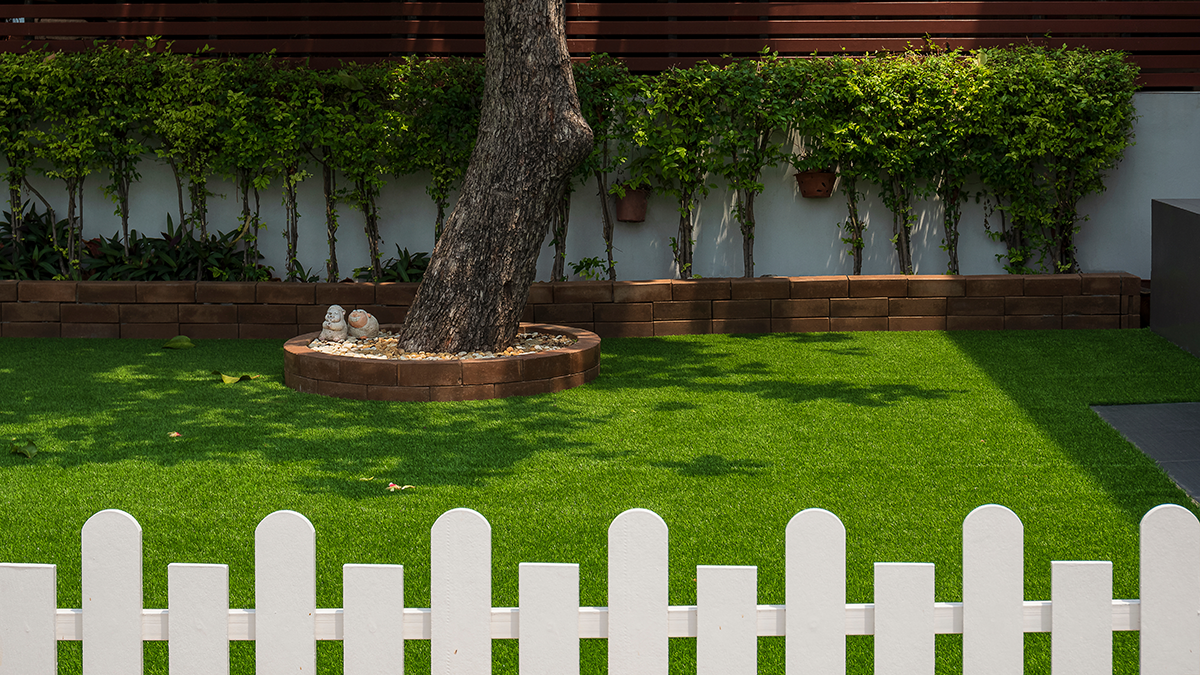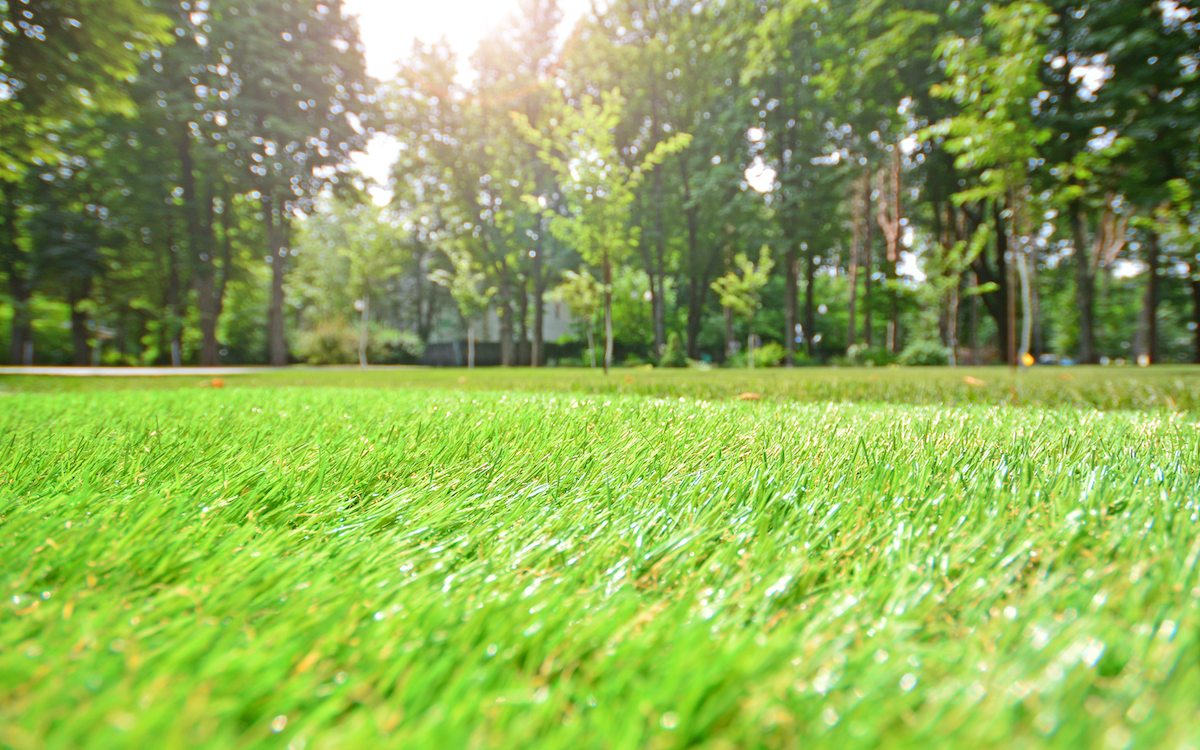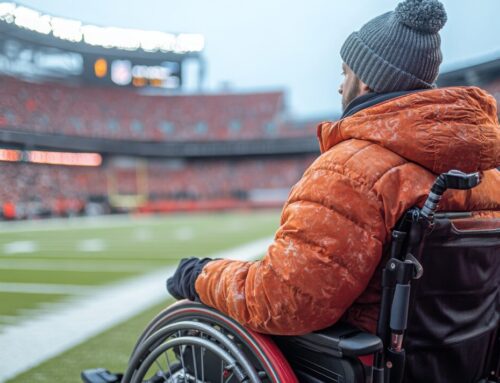Last Updated on February 13, 2023 by ReTurf
Who doesn’t want a lush, green lawn that’s the envy of the neighborhood? But let’s face it, keeping a natural lawn looking fabulous year-round can be a real pain in the grass—not to mention costly, especially in areas with limited rainfall.
Professional-grade artificial turf provides a solution to this problem; high quality synthetic grass not only looks and feels like real grass, but requires minimal maintenance.
But what many people don’t realize is that artificial turf can actually be recycled and re-used. That means that not only is used artificial turf less expensive to maintain than a regular grass lawn, but you’re also doing a big part in helping to reduce waste and preserve the environment.
In this article, we’ll be taking a quick look at the process of recycling artificial grass, and its benefits for you as a homeowner or business owner:
Why Recycled Turf?
Like any product, synthetic turf eventually reaches the end of its lifespan and needs to be disposed of. This is where the process of artificial turf removal and recycling comes in, allowing it to be used again in a new application.
The process of recycling artificial grass begins at stadiums and other sports facilities, where the artificial grass is carefully removed and stripped into manageable sections. These sections are then transported to a processing facility, where the infill is removed and the strips are rolled up for grading and indoor storage.
How Much Does Recycled/Used Artificial Turf Cost?
One of the key benefits of recycled synthetic grass is its cost-effectiveness. Recycled turf is generally cheaper than new artificial turf, with prices ranging from as low as 55 cents per square foot for more basic options, to as much as 75 cents per square foot for higher quality options.
Environmental Benefits
Aside from the affordability, installing recycled artificial grass also has definite environmental benefits. Huge sports facilities and stadiums often replace their extremely high-grade synthetic turf on a regular schedule, even if it’s still in great condition and has many years of life left in it. If it is not professionally reclaimed and recycled, it ends up clogging up our nation’s landfills.

But it doesn’t have to be this way.
By using recycled artificial grass, you can help to significantly reduce the amount of waste that ends up in landfills, since perfectly-good turf is being repurposed instead of thrown away.

Other Benefits
Another benefit of using recycled artificial grass is that it can sometimes look and feel more lifelike than new artificial grass. This is because of something called fibrillation, which occurs when the synthetic blades of grass are bent and split after extended use. The result is a softer, more natural-looking surface that is safe and comfortable to walk or play on.
Conclusion
Whether you’re using it for sports fields, residential landscaping, or any other application, recycled artificial turf can provide you with an affordable, high-quality, long-lasting solution that looks—and feels—just like the real thing.
If you’re interested in using recycled artificial grass for your next project, it’s a good idea to consult with the artificial turf recovery and installation experts at ReTURF—our team can help you understand what your project needs and provide you with a custom quote, so you can make an informed decision about what type of artificial grass to use.
Let us show you just how much you can save with quality used artificial turf—give us a call at (828) 518-5787 or click here to contact us!



